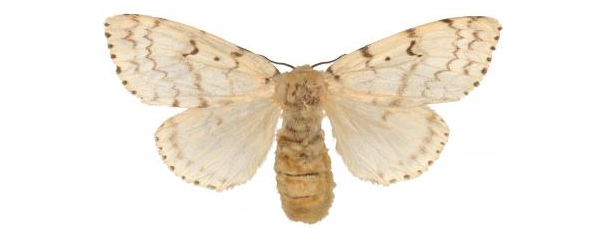
In a recent paper in the journal Proceedings of the National Academy of Sciences, GDFCF President Dr. Dan Janzen and Dr. Winnie Hallwachs, GDFCF Vice President, were part of a team of scientists that sequenced the genome of the European gypsy moth (EGM) and the Asian gypsy moth (AGM). The EGM, accidentally introduced to North America in the 1860s, is invasive and causes widespread defoliation wherever it is found. The AGM, if it were to be introduced in the U.S., could pose an even greater threat than its cousin, as it is able to spread more swiftly. The work of Janzen, Hallwachs, and others found that the gypsy moth has the largest moth or butterfly genome ever sequenced. The research could lead to better bioinsecticides to protect forests and orchards. The researchers also conducted gene expression studies to better understand how the moths’ genes respond to viral infection. Such an understanding could serve as a roadmap to the insects’ vulnerabilities. A link to the PNAS study can be found here.